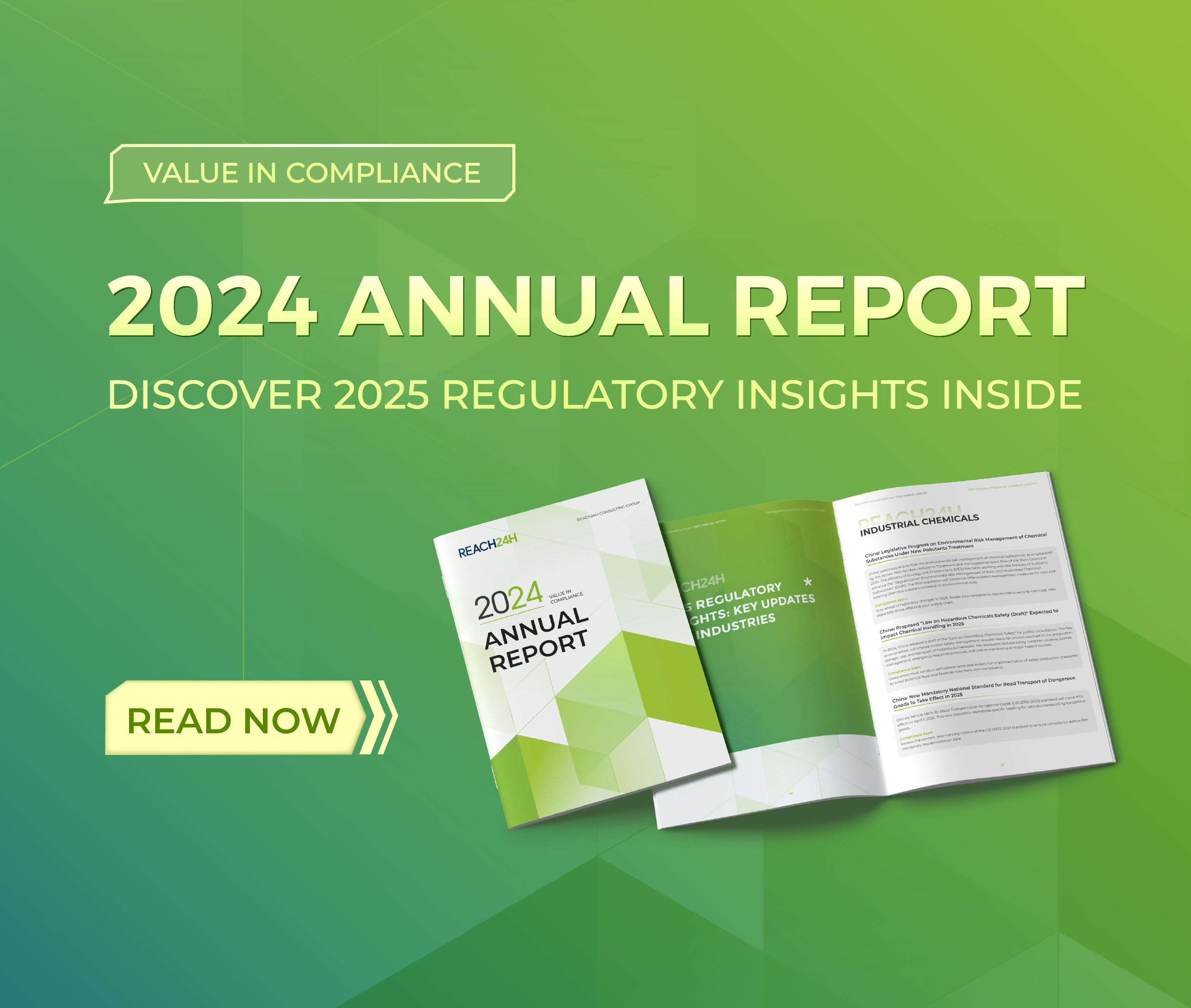China Updated Measures on Hazardous Chemicals Registration
According to the agency’s order No 53 of 2012, this new legislation is about to take effect soon on 1 August to replace its predecessor version that had been released in 2002 by the former State Economic Trade Commission, a comprehensive administration set up in 1993 and repealed in 2003. Revision on the Measures entered a substantial phase in October last year when the SAWS put forward on its website a revised draft for public consultation . And this May the final version was adopted on the agency’s director-level meeting and later endorsed by the SAWS director in chief on 1 July.
Major legislative modifications on Applicant range, Substances to be registered and Registration information
In the context of China’s reforming on its domestic hazardous chemicals safety control, the updated Measures have been designed to provide administrative support for the implementation of the well-known State Council Decree 591. Significant modifications are manifested in aspects of subject applicants, obliged substance scope and information requirements to be submitted for the registration, etc. It is likewise noteworthy that the final 2012 version has removed all clauses regarding exemptions of the registration that had been planned in last year’s revised draft. The following diagram serves to offer a brief comparison of key registration requirements between the two versions.
|
The 2002 Version |
The 2012 Version |
Notes |
|
| Subject applicants |
|
Manufacturers/producers and importers of hazardous chemicals in China | Importers of hazardous chemicals will be incorporated into the new rule for the first time.
Companies dealing with hazardous chemicals storage and use are exempted. |
| Substance scope |
|
|
The new inventory will codify hazardous chemicals by the universal UN number instead of China’s domestic code for dangerous goods (DG Code). More important, several columns will be added to help define the distinct hazard properties of chemicals, such as English chemical name, CAS number, hazard category, hazard statements (like the H-phrase and P-phrase in CLP) , the GB 13690-2009 based GHS pictogram and signal word, etc. As a result, the new Inventory is expected to offer more distinct and effective classification and labelling instruction for the regulatory compliance of the hazardous chemical sector. |
| Submission documentation (information needed in the registration application form) |
The following requirements are exclusively for producers:
|
For both producers and importers:
|
Submission information have been greatly enhanced under the new Measures in terms of more elaborated classification and labelling elements, environmental and toxicological data, and in particular emergency rescue measures.
Obligations of establishing and maintaining necessary scientific hazard data in chemical products are becoming more and more urgent for the industry. In addition, more attention is directed to the obligation of creating a system of effective and workable safety precautions and emergency treatment within the company. |
| Obligations for producers and importers of hazardous chemicals |
|
|
The obligation of emergency telephone service is given top priority for companies that complete the hazardous substance registration. New added requirements in this area feature the setting of corporate emergency chemical database, online digital recording equipment and over 8 trained recipients.
Second to that, the New Measures have deleted obligations with regarding companies of hazardous chemicals storage and downstream use, as the two types of entities are exempted from obeying the rule. Compliance requirements on the China GHS-based SDS and labelling are conceived to transfer to the daily and inner demand of chemical companies. So industry will have to keep a good record of all hazardous data in their products and ensure this hazard profile management up to date. |
| Potential requirements on the physical-chemical, human health and environmental testing data | There was only a general provision that raised the need of doing hazard identification for substances of unknown hazard properties, but no enforcement directions. | Requirements on the physical-chemical, human health and environmental data for a substance to be registered are indicated in the New Measures and this may imply some necessary testing as indicated in the hazard identification report for substances of unknown hazard properties. However, specific provisions defining the submission information on hazard properties are not yet to come this time. | According to Article 12 and 21 of the New Measures, companies have the obligation to appoint a qualified agency to identify hazard conditions for substances of unknown hazard properties; if in a positive conclusion of the identification, i.e. a hazardous substance, then information on its physical, environmental and toxicological data should be collected and submitted for the registration. |
Enforcement: eight application-related documents issued for public consultation
For the practical enforcement of the revised registration Measures, the National Registration for Chemicals under the SAWS (NRCC-SAWS) is consulting public comments on eight application-related documents by the deadline of 25 July.
A detailed interpretation on how to fill up for the eight documents can be found on this page.
On the whole, the 2012 version has been revised to focus on strict source control for hazardous chemicals which is characteristic of hazard data submission on a more scientific and economic basis and in the meantime intensifying the necessity of chemical emergency response and safety prevention.


